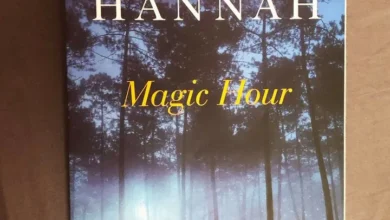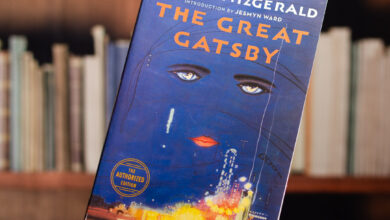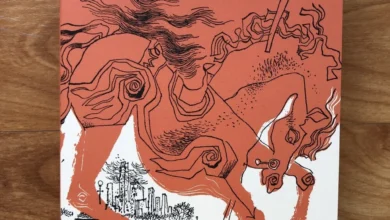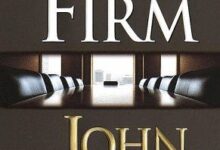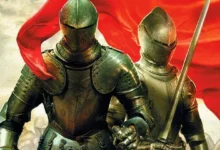The War and Peace Novel Exploring Tolstoy’s Masterpiece
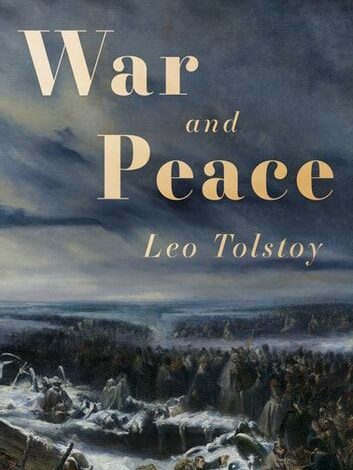
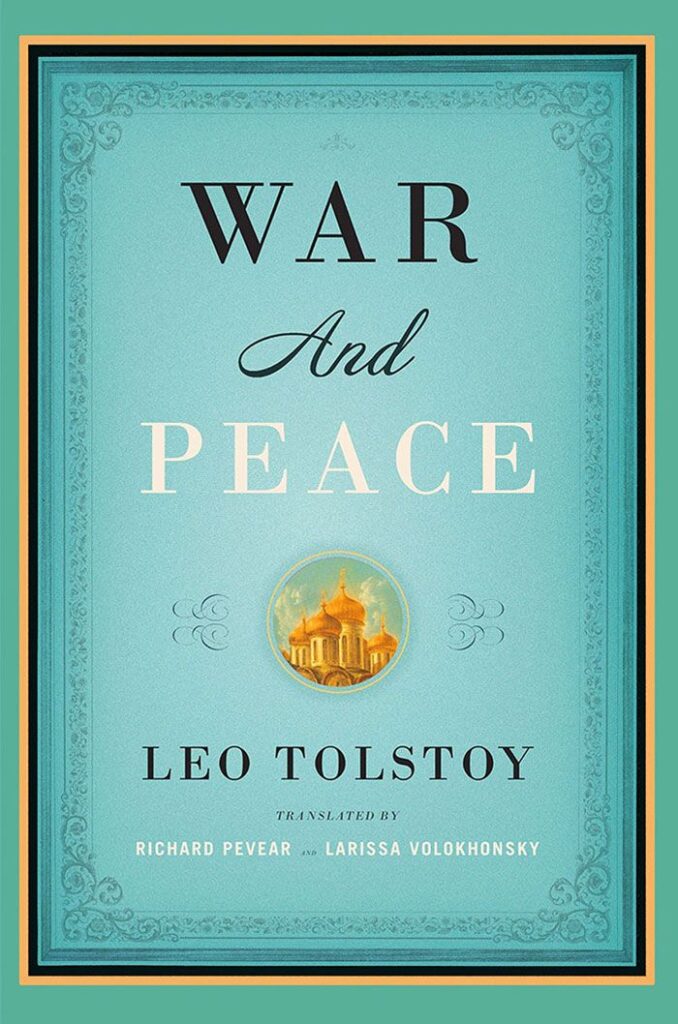
War and Peace, a literary masterpiece penned by the Russian author Leo Tolstoy, stands as a timeless monument in the world of literature. This epic novel, spanning over a thousand pages, delves deep into the lives of Russian aristocrats during the early 19th century, amidst the backdrop of Napoleon’s invasion of Russia. Let’s embark on a journey to explore the intricacies of this monumental work.
Historical Context Russia in the 19th Century
To truly appreciate War and Peace, one must understand the historical milieu in which it is set. The early 19th century was a tumultuous period in Russian history, characterized by social upheaval, political intrigue, and the Napoleonic Wars. Tolstoy masterfully weaves these historical events into the fabric of his narrative, providing readers with a vivid portrayal of life in imperial Russia.
Leo Tolstoy The Author Behind the Masterpiece
Leo Tolstoy, one of the greatest literary figures of all time, was not only a prolific writer but also a philosopher and social reformer. Born into a noble family, Tolstoy drew upon his own experiences and observations to craft War and Peace, infusing the novel with profound insights into the human condition.
Plot Overview A Brief Summary of War and Peace
At its core, War and Peace follows the lives of several aristocratic families against the backdrop of the French invasion of Russia in 1812. The novel explores themes of love, loss, and the search for meaning in a chaotic world. From the glittering salons of St. Petersburg to the battlefields of Borodino, Tolstoy takes readers on an unforgettable journey through the triumphs and tragedies of his characters.
Themes Explored in War and Peace
- War and Its Impact on Society
War is a central theme in War and Peace, and Tolstoy offers a poignant critique of the glorification of conflict. Through vivid depictions of battle scenes and the devastating consequences of war on ordinary people, Tolstoy forces readers to confront the true cost of military conquest.
- Love and relationships
Amidst the chaos of war, love blossoms in unexpected places. War and Peace is as much a love story as it is a historical epic, with romantic entanglements driving much of the narrative. From the passionate affair between Natasha Rostova and Count Anatole to the enduring love between Pierre Bezukhov and Natasha, Tolstoy explores the complexities of human relationships with nuance and depth.
- Philosophy and Existentialism
War and Peace is not merely a novel of plot and character; it is also a philosophical treatise on the nature of existence. Tolstoy grapples with timeless questions of morality, free will, and the meaning of life, offering readers profound insights into the human psyche.
Character Analysis Key Figures in War and Peace
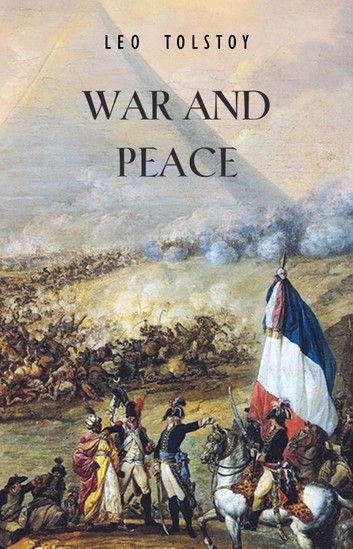
- Pierre Bezukhov
Pierre Bezukhov, the illegitimate son of a wealthy nobleman, is one of the central characters in War and Peace. Throughout the novel, Pierre undergoes a profound spiritual transformation, grappling with questions of identity and purpose.
- Natasha Rostova
Natasha Rostova, the spirited young ingénue, captures the hearts of readers with her vivacity and charm. As she navigates the tumultuous waters of love and loss, Natasha emerges as a symbol of resilience and hope.
- Prince Andrei Bolkonsky
Prince Andrei Bolkonsky, a disillusioned nobleman haunted by the specter of mortality, serves as a foil to the other characters in War and Peace. His quest for meaning leads him on a journey of self-discovery, ultimately culminating in a tragic yet redemptive fate.
The Epic Scale of War and Peace
War and Peace is not merely a novel; it is a sprawling tapestry that spans generations and continents. Tolstoy’s meticulous attention to detail and sweeping narrative scope imbue the novel with a sense of grandeur and majesty, captivating readers from start to finish.
- Literary Significance and Legacy
Since its publication in 1869, War and Peace has exerted a profound influence on the literary landscape. Its rich tapestry of characters, intricate plotting, and philosophical depth have earned it a place among the greatest works of literature ever written.
Adaptations and Pop Culture References
War and Peace has been adapted numerous times for stage, screen, and television, attesting to its enduring popularity. From lavish period dramas to experimental avant-garde productions, Tolstoy’s masterpiece continues to inspire artists and audiences alike.
Critics’ Reception and Controversies
While War and Peace has received widespread acclaim from critics and readers alike, it has not been without its controversies. Some have criticised its sprawling narrative and dense philosophical musings, while others have praised its profound insights into the human condition.
The Enduring Allure of War and Peace
Despite its daunting length and complex themes, War and Peace continues to captivate readers around the world. Its timeless portrayal of love, war, and the search for meaning resonates as strongly today as it did over a century ago.
Tips for Reading and Enjoying War and Peace
Reading War and Peace can be a daunting task, but with the right approach, it can also be a deeply rewarding experience. Here are a few tips to help you navigate Tolstoy’s epic masterpiece:
- Take your time. War and Peace is not a novel to be rushed through. Set aside ample time to savour Tolstoy’s prose and immerse yourself in his world.
- Keep track of characters: With its sprawling cast of characters, it’s easy to get lost in the labyrinthine plot of War and Peace. Consider keeping a list of characters handy to avoid confusion.
- Embrace the philosophy: Don’t be intimidated by Tolstoy’s philosophical digressions. Instead, embrace them as an integral part of the novel’s richness and depth.
- Discuss with others: War and Peace is the perfect book club selection, as it lends itself to lively discussions and debates. Consider reading it with friends or joining a reading group to share your thoughts and insights.
Discussion on Tolstoy’s Writing Style
Tolstoy’s writing style is characterised by its clarity, precision, and emotional resonance. His prose is at once elegant and accessible, drawing readers into the inner lives of his characters with remarkable empathy and insight.
Comparison with Other Great Literary Works
War and Peace is often compared to other great literary works, such as Victor Hugo’s Les Misérables and Marcel Proust’s In Search of Lost Time. Like these novels, War and Peace transcends its historical context to explore universal themes of love, loss, and redemption.
RELATED POST:
Conclusion
In conclusion, War and Peace stands as a towering achievement in the annals of literature. With its epic scope, richly drawn characters, and profound insights into the human condition, Tolstoy’s masterpiece continues to captivate and inspire readers around the world.
FAQs
Is War and Peace based on real events?
- Yes, War and Peace is set against the backdrop of real historical events, including Napoleon’s invasion of Russia in 1812.
How long does it take to read War and Peace?
- The length of time it takes to read War and Peace varies depending on the reader’s pace and dedication. Some readers may finish it in a few weeks, while others may take several months.
What makes War and Peace a timeless classic?
- War and Peace is considered a timeless classic due to its universal themes, richly drawn characters, and profound insights into the human condition.
Are there any film adaptations of War and Peace?
- Yes, there have been several film adaptations of War and Peace, including the acclaimed 1956 version directed by King Vidor.
Is War and Peace worth reading in the modern age?
- Absolutely! Despite being over a century old, War and Peace remains as relevant and engaging today as it was when it was first published.

